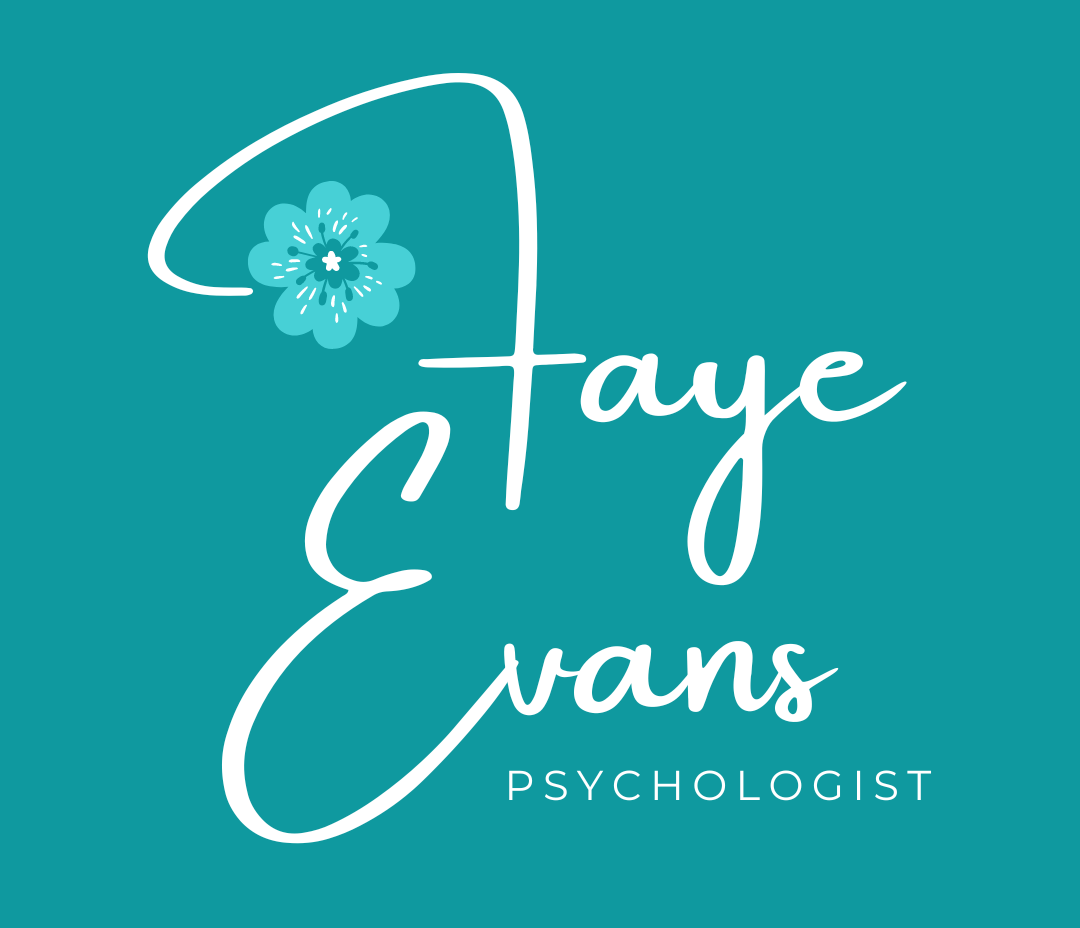We all recognise the voice. The one that whispers, nags, or roars with disapproval. It tells us we’re not doing enough, not good enough, not thin enough, not smart enough. It criticises our parenting, our productivity, our bodies, our choices. It keeps a constant commentary on everything we should be doing better. In psychology, we often call this internal dialogue the inner critic. While it’s tempting to want to silence or defeat it, modern therapeutic and contemplative methods suggest a different approach, one of curiosity, compassion, and ultimately, friendship.
The inner critic develops early in life. It is influenced by a complex mix of developmental experiences, attachment wounds, cultural messages, and personal conditioning. It emerges as a protective mechanism, ironically meant to keep us safe. By criticising ourselves before others can, we might avoid rejection. Striving for perfection can help us dodge shame. However, over time, this protective tactic can become punitive, turning into a relentless source of stress, anxiety, and emotional paralysis.
Rather than pathologising this inner voice, contemporary psychology encourages us to understand its purpose. From a schema therapy perspective, the critic often arises from maladaptive schemas such as defectiveness/shame, unrelenting standards, or punitiveness (Young et al., 2003). These deeply rooted beliefs develop in early environments where our emotional needs were not consistently met. The child, aiming to make sense of this, may internalise blame or believe that love must be earned through performance. Therefore, the inner critic is created, not as a villain, but as a mistaken guardian.
From a neuroscience perspective, harsh self-criticism triggers the brain’s threat system, particularly the amygdala, resulting in increased cortisol levels and a chain of stress responses (Longe et al., 2010). Conversely, when we practise self-compassion, we activate the brain’s caregiving system, which involves the release of oxytocin and endorphins, neurochemicals that foster safety, connection, and calmness (Gilbert, 2009). This physiological change is vital. It shows that we cannot shame ourselves into growth. We need to feel safe to truly change.
Self-compassion, as explained by Dr. Kristin Neff, involves three key components: mindfulness, common humanity, and self-kindness (Neff, 2003). Mindfulness lets us observe the critic without becoming entangled in it. Common humanity reminds us that our challenges are part of the shared human experience, not signs of personal failure. And self-kindness provides the gentle tone we often extend to others but frequently withhold from ourselves.
Befriending the inner critic involves recognising its voice without merging with it. It means saying, “I hear you,” rather than “I am you.” In Acceptance and Commitment Therapy (ACT), this process is called cognitive defusion, stepping back from thoughts and observing them with perspective, rather than treating them as truths (Hayes et al., 2012). Through this lens, the critic becomes a character in our internal landscape, not the narrator of our story.
When we approach the critic with compassion, we can start asking it questions: What are you afraid might happen if you stopped criticising me? What do you need right now? What age do you feel? These questions help us to meet the critic not with resistance but with relational depth. Often, underneath the harshness, we find fear, longing, or pain. We may discover that our critic is stuck in a younger developmental state, still trying to earn love or avoid abandonment.
Shame is often the emotional foundation of the inner critic. Shame says, I am bad, rather than I did something bad. It is all-encompassing, overwhelming, and isolating. According to Dr. Brené Brown, shame cannot survive empathy. When we bring our critical parts into compassionate relationship, either with ourselves, a therapist, or a trusted other, we start to weaken its hold. We shift from shame to worthiness, from self-attack to self-respect.
Perfectionism often accompanies the inner critic. It appears as ambition but is usually driven by a fear of not being enough. Perfectionism is less about aiming for high standards and more about avoiding failure, rejection, or feelings of inadequacy. In this way, the inner critic and perfectionism create a feedback loop: the critic demands flawlessness, and when we inevitably fall short, it criticises us with shame. Breaking this cycle requires vulnerability—allowing ourselves to be seen in our imperfection and treating ourselves with gentleness.
Working with the inner critic isn’t a one-off fix. It’s an ongoing relationship that calls for practice, patience, and presence. Somatic therapies also remind us that the critic isn’t just in our thoughts, it’s embodied. We might notice it as a tightening in the chest, a clenched jaw, or a sinking feeling in the stomach. Bringing mindful awareness to these sensations and meeting them with breath and compassion helps shift our state from contraction to openness.
Over time, we can learn to distinguish between the voice of the critic and the voice of our wise inner self. The critic speaks in absolutes, insults, and urgency. The wise self speaks with clarity, calm, and care. The more we pause to listen to both, the more we learn to tell which one is truly guiding us towards growth.
Ultimately, befriending the inner critic is a form of inner healing. It involves choosing to walk alongside our most wounded parts rather than push them away. It’s about opting for integration instead of splitting ourselves apart. And it’s about believing we are worthy, not because we are perfect, but because we are human.
Healing begins not when we silence the critic, but when we turn towards it with curiosity and say: I see you. I know you were trying to protect me. But I am safe now. I am whole. And I choose to lead from love, not fear.
References
Gilbert, P. (2009). The Compassionate Mind. New Harbinger.
Hayes, S. C., Strosahl, K. D., & Wilson, K. G. (2012). Acceptance and Commitment Therapy: The Process and Practice of Mindful Change. Guilford Press.
Longe, O., Maratos, F. A., Gilbert, P., Evans, G., Volker, F., Rockliff, H., & Rippon, G. (2010). Having a word with yourself: Neural correlates of self-criticism and self-reassurance. NeuroImage, 49(2), 1849–1856.
Neff, K. D. (2003). Self-compassion: An alternative conceptualization of a healthy attitude toward oneself. Self and Identity, 2(2), 85–101.
Young, J. E., Klosko, J. S., & Weishaar, M. E. (2003). Schema Therapy: A Practitioner’s Guide. Guilford Press.
Brown, B. (2012). Daring Greatly: How the Courage to Be Vulnerable Transforms the Way We Live, Love, Parent, and Lead. Gotham Books.

